Description
Explorer the Conquistadors and Explorers of Texas with this fun activity. Students will be given a clue – they then have to decipher the symbols to find the explorer the clue represents. Students will then take notes on their Cartoon Notes and wrap up the activity with a tree map analyzing the impact of the explorers on the Americas.
This resource has been modified for ELL students and 4th grade with modified readings and sentence stems in the graphic organizer.
With this resource, you will receive,
–Directions for how to conduct the activity.
– Content readings and clues on the major explorers of Texas including: Pineda, Cabeza de Vaca, Estevanico, Coronado, De Soto and Moscosco, and La Salle.
–Doodle Notes Graphic Organizer for the explorers and their impact on the native peoples of the Americas.
⭐Please download the preview for more details. ⭐
Doodle notes is a trademarked term used with permission. Please visit doodlenotes.org for more information.
*******************************************************************
TEXAS HISTORY TEKS
FOURTH GRADE
(2) History. The student understands the causes and effects of European exploration and colonization of Texas and North America. The student is expected to:
(A) summarize motivations for European exploration and settlement of Texas, including economic opportunity, competition, and the desire for expansion;
(B) identify the accomplishments and explain the impact of significant explorers, including Cabeza de Vaca; Francisco Coronado; and René Robert Cavelier, Sieur de la Salle, on the settlement of Texas;
SEVENTH GRADE
(2) History. The student understands how individuals, events, and issues through the Mexican National Era shaped the history of Texas. The student is expected to:
(B) identify important individuals, events, and issues related to European exploration of Texas such as Alonso Álvarez de Pineda, Álvar Núñez Cabeza de Vaca and his writings, the search for gold, …
(21) Social studies skills. The student applies critical-thinking skills to organize and use information acquired through established research methodologies from a variety of valid sources, including electronic technology. The student is expected to:
(A) differentiate between, locate, and use valid primary and secondary sources such as computer software, databases, media and news services, biographies, interviews, and artifacts to acquire information about Texas;
(B) analyze information by sequencing, categorizing, identifying cause-and-effect relationships, comparing, contrasting, finding the main idea, summarizing, making generalizations and predictions, and drawing inferences and conclusions;
(C) organize and interpret information from outlines, reports, databases, and visuals, including graphs, charts, timelines, and maps;

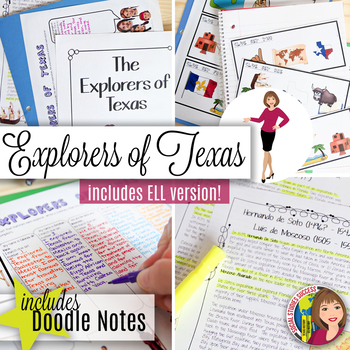
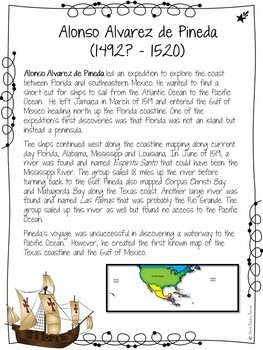
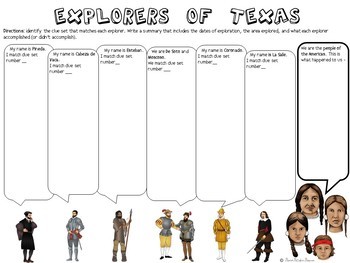






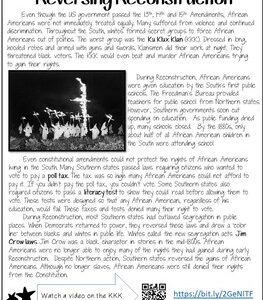
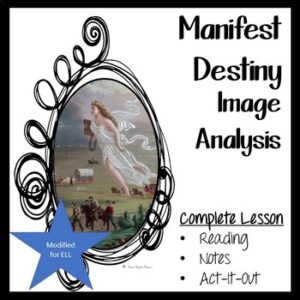



Reviews
There are no reviews yet.